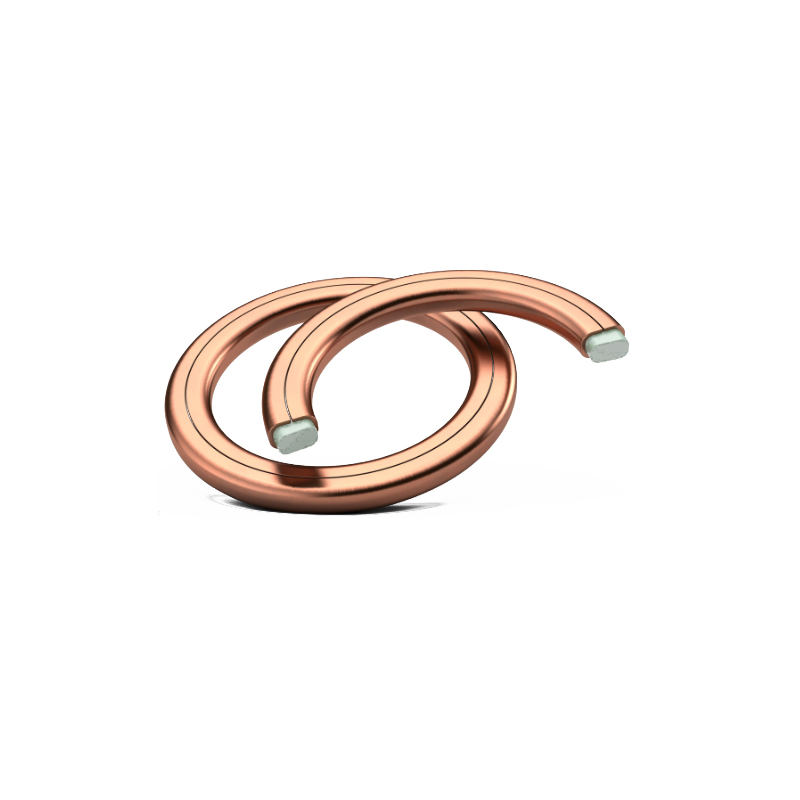flat rubber gasket material
Understanding Flat Rubber Gasket Materials Types, Applications, and Benefits
Flat rubber gaskets are an integral component in a variety of industrial and mechanical applications, playing a crucial role in sealing surfaces and preventing leakage of fluids and gases. Made from elastic materials, these gaskets provide an effective barrier against external contaminants, ensuring optimal performance in countless environments. This article explores the types of flat rubber gasket materials, their applications, and the benefits they offer.
Types of Flat Rubber Gasket Materials
1. Natural Rubber This is one of the most commonly used materials for gaskets due to its excellent elasticity, resilience, and tensile strength. It is particularly effective in applications requiring a tight seal. However, natural rubber's resistance to heat, ozone, and oil is limited, making it suitable primarily for water and air applications.
2. Nitrile Rubber (NBR) Nitrile rubber gaskets are known for their outstanding resistance to oils and fuels, making them ideal for automotive applications and machinery operating with petroleum-based products. NBR gaskets maintain their integrity over a wider temperature range than natural rubber, adding to their versatility.
3. EPDM (Ethylene Propylene Diene Monomer) EPDM rubber is particularly resilient to environmental factors. Its excellent resistance to UV light, ozone, and extreme temperatures makes it suitable for outdoor applications and environments experiencing high levels of weather exposure. EPDM gaskets are commonly used in roofing, automotive seals, and water applications.
4. Silicone Rubber Silicone gaskets are highly versatile, offering excellent temperature resistance and flexibility. They can withstand extreme temperatures, ranging from -60°C to 200°C (-76°F to 392°F), making them ideal for high-temperature applications. Silicone is often used in food processing and medical applications due to its non-toxic nature.
5. Neoprene Rubber Known for its durability and resistance to degradation, neoprene is often used for gaskets in refrigeration and electrical applications. It can withstand varying temperatures and provides good resistance to ozone and sunlight, making it a reliable choice for long-term exposure to harsh conditions.
Applications of Flat Rubber Gaskets
Flat rubber gaskets are utilized in a wide range of industries, including
- Automotive In vehicles, rubber gaskets are used to create seals in engine components, oil filters, and transmission systems, minimizing leaks and enhancing operational efficiency. - Aerospace The aerospace industry relies heavily on high-performance gaskets that can withstand extreme temperatures and pressures, contributing to the safety and reliability of various aircraft components.
flat rubber gasket material

- Manufacturing Many manufacturing processes require the use of rubber gaskets in machinery and equipment to prevent leakage of fluids and maintain system integrity during operation.
- Construction Gaskets play a pivotal role in the construction industry, sealing windows, doors, and roofing materials to protect against the elements
.- Food and Beverage In food processing plants, gaskets made from silicone and EPDM are commonly used to ensure hygiene and prevent contamination, complying with strict safety regulations.
Benefits of Flat Rubber Gaskets
1. Effective Sealing The primary function of flat rubber gaskets is to provide an airtight and watertight seal, preventing leaks that could compromise the integrity of a product or system.
2. Durability Flat rubber gaskets offer long service life and resistance to wear and tear when exposed to various substances, including oils, gases, and extreme temperatures.
3. Versatility With a wide array of rubber materials available, flat gaskets can be tailored to meet the specific needs of numerous applications across different industries.
4. Cost-Effective When considering their longevity and effectiveness, flat rubber gaskets provide a cost-efficient solution to sealing problems, reducing maintenance costs and downtime in industrial settings.
5. Ease of Installation Most flat rubber gaskets are easy to install, which simplifies the assembly process for equipment and machinery.
Conclusion
Flat rubber gaskets are essential components that ensure the efficient operation of products across numerous industries. By understanding the different types of materials available and their respective applications, manufacturers can select the most appropriate gaskets to meet their needs. With their durability, effective sealing capabilities, and versatility, flat rubber gaskets continue to play a vital role in enhancing the performance and safety of products worldwide.
-
Understanding the Front Main Engine Seal: Purpose, Maintenance, and Installation
News Jul.29,2025
-
Understanding O-Rings and Seal Rings: Types, Applications, and Custom Solutions
News Jul.29,2025
-
Understanding Crankshaft Oil Seals: Rear Seals, Pulley Seals, and Their Role in Engine Integrity
News Jul.29,2025
-
The Importance of Front and Rear Crankshaft Seals in Engine Performance and Oil Management
News Jul.29,2025
-
Crank Oil Seals: Functions, Types, and Cost Considerations in Engine Maintenance
News Jul.29,2025
-
A Comprehensive Guide to O-Rings and Seals: Types, Materials, and Global Applications
News Jul.29,2025
-
Mastering Diesel and Performance Engine Maintenance: A Guide to Critical Oil Gaskets
News Jul.28,2025
Products categories















